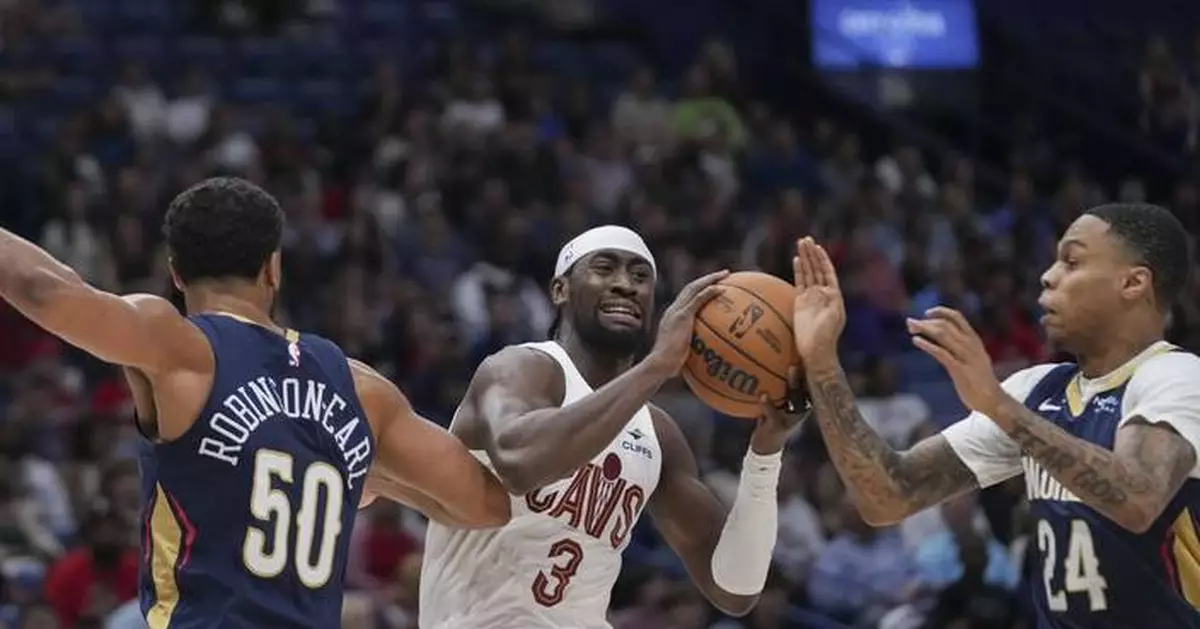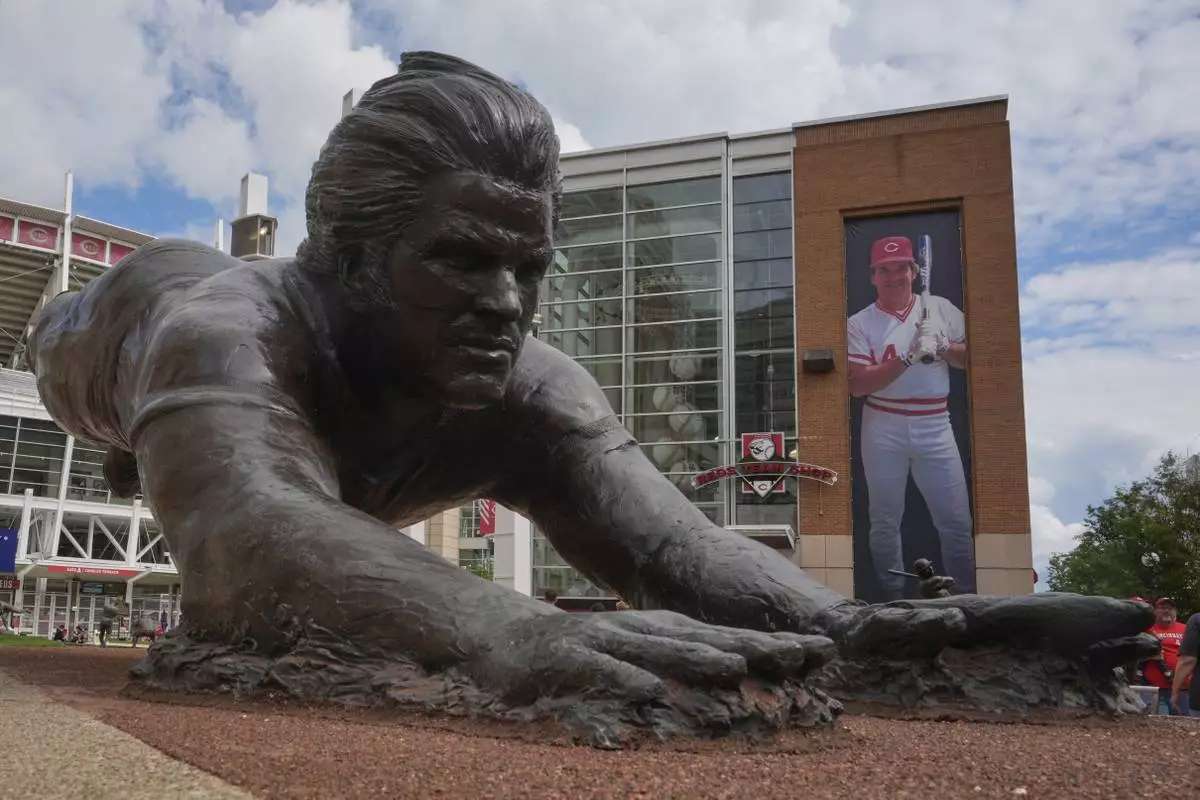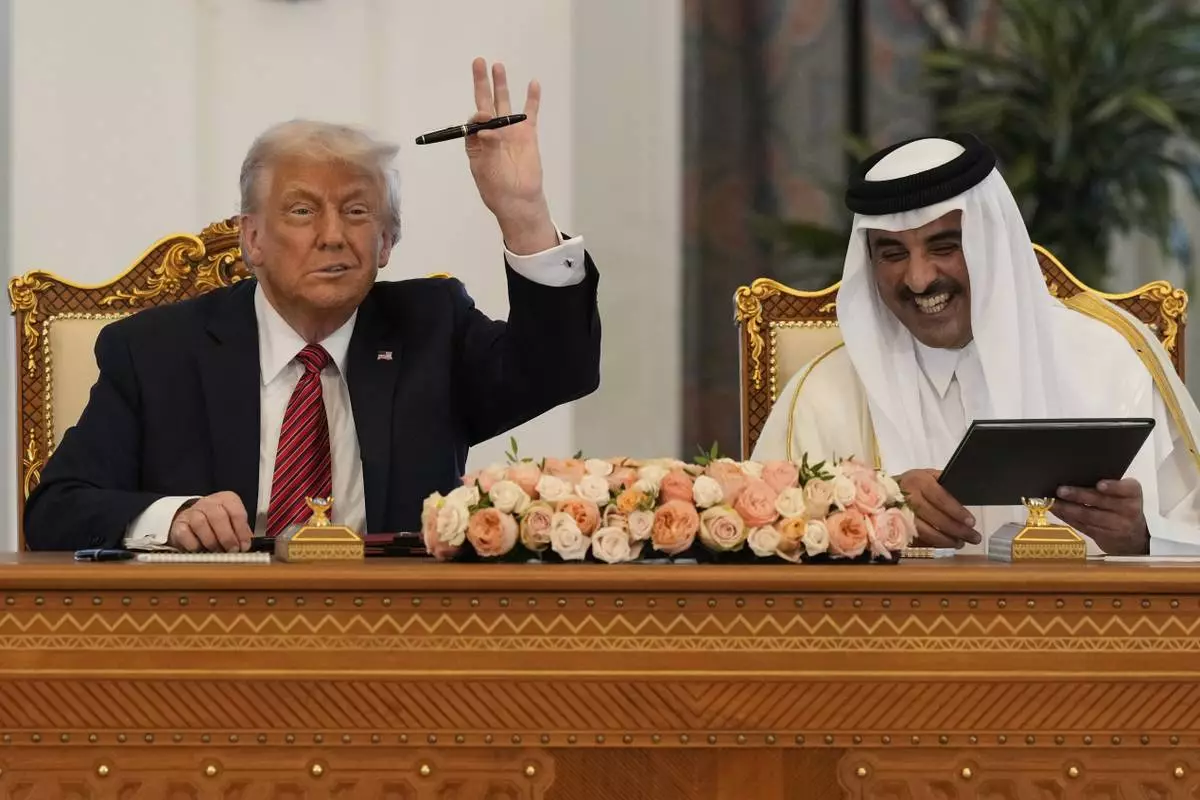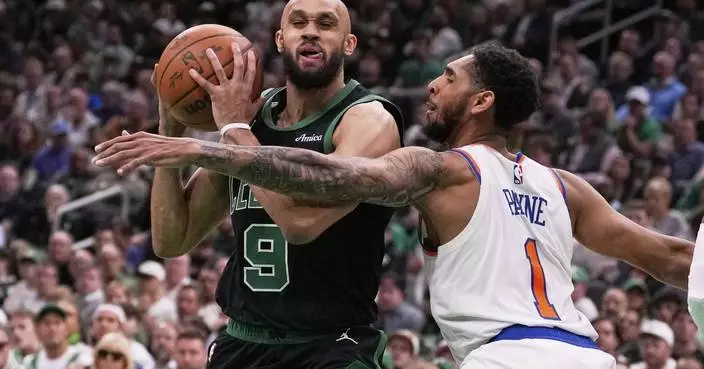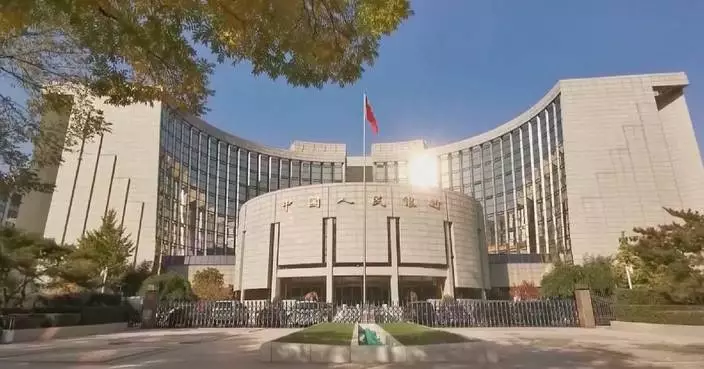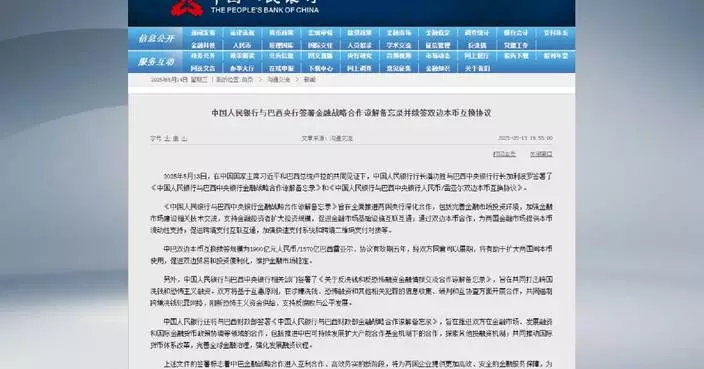NEW ORLEANS (AP) — Donovan Mitchell scored 29 points and the Cleveland Cavaliers defeated the New Orleans Pelicans 131-122 on Wednesday night to open 9-0 for the first time in their 55-year NBA history.
Caris LeVert and Jarrett Allen each added 16 points, and Allen grabbed 14 rebounds as the Cavaliers surpassed an 8-0 start by the 1976-77 squad that finished 43-39 under coach Bill Fitch.
Zion Williamson returned from a two-game absence and had 29 points for the Pelicans. He temporarily took himself out after playing 10 minutes, but returned to start the second half and scored 23 after halftime.
Jose Alvarado hit all seven 3-pointers he took and finished with 27 points for New Orleans. Brandon Ingram added 20 points for the Pelicans, who have lost three straight and six of seven.
Cavaliers: Cleveland had no trouble rallying back from an early 12-point deficit on the road and did so in part by shooting 54.2% overall, including 48.6% from 3-point range.
Pelicans: The injury-depleted Pelicans played with effort but simply lacked the firepower needed to hang with the hottest team in the NBA for a full 48 minutes.
After Alvarado's back-to-back 3s made it 112-106, Mitchell responded with a hesitation move in the lane and a floater to make it 114-106 and stem the Pelicans' momentum with 5:20 left. Cleveland kept New Orleans at arm's length from then on.
Cleveland got 50 points from reserves, led by LeVert and Ty Jerome (11 points).
The Cavaliers play at home Friday against the Golden State Warriors, who own the best start in NBA history at 24-0 in 2015-16.
The Pelicans visit Orlando on Friday night.
AP NBA: https://apnews.com/hub/nba

New Orleans Pelicans head coach Willie Green reacts to a call in the first half of an NBA basketball game against the New Orleans Pelicans in New Orleans, Wednesday, Nov. 6, 2024. (AP Photo/Gerald Herbert)
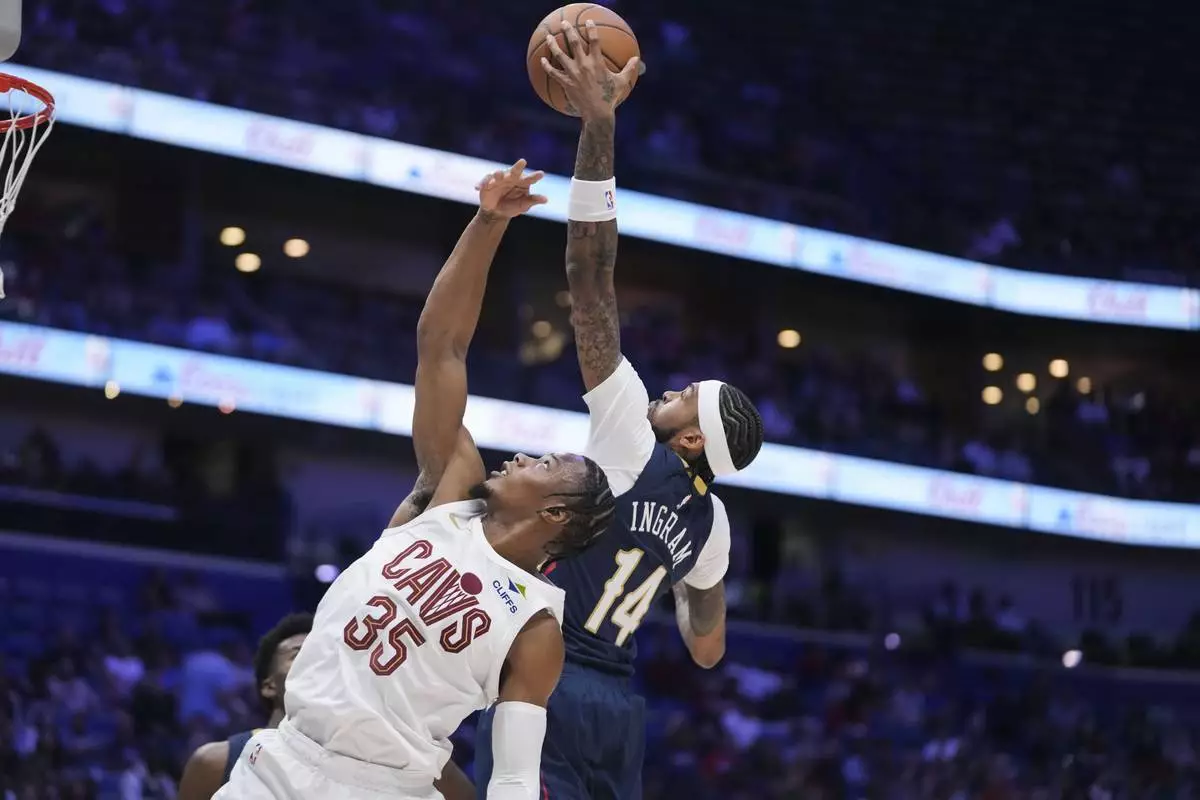
New Orleans Pelicans forward Brandon Ingram (14) leaps for a rebound over Cleveland Cavaliers forward Isaac Okoro (35) in the first half of an NBA basketball game in New Orleans, Wednesday, Nov. 6, 2024. (AP Photo/Gerald Herbert)
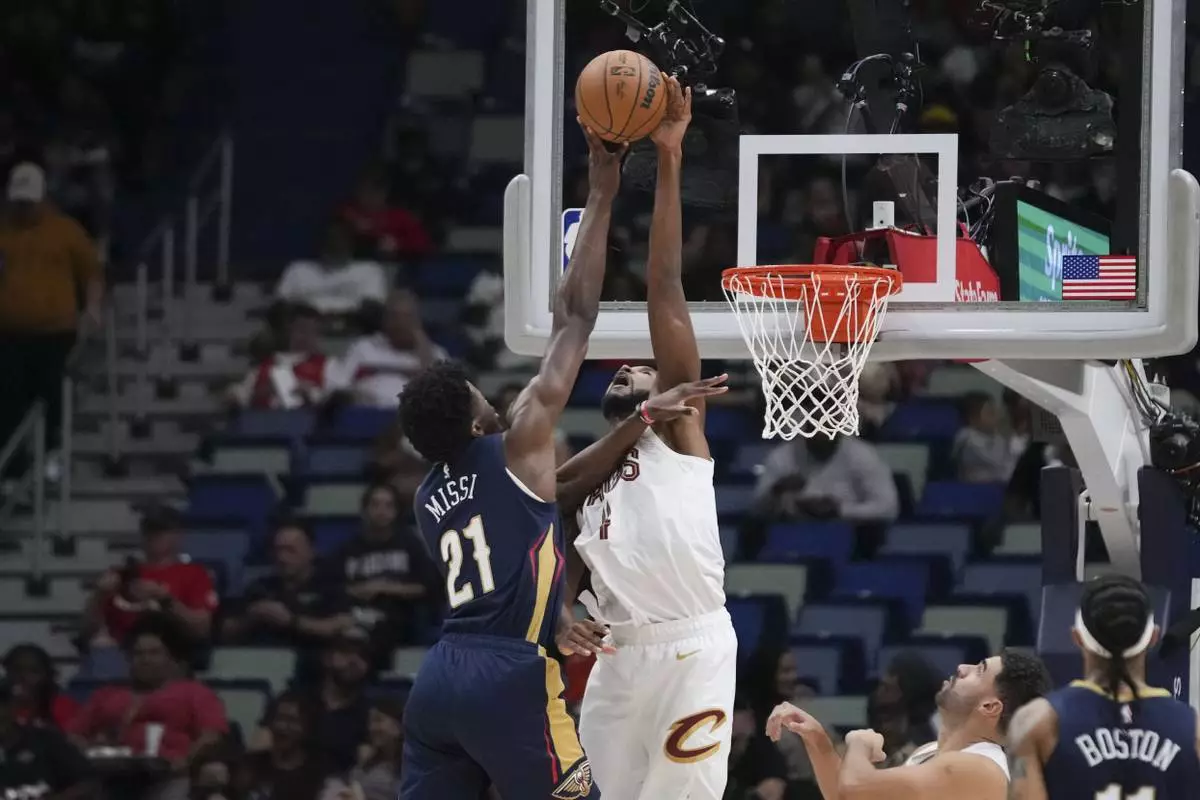
Cleveland Cavaliers forward Evan Mobley blocks a shot by New Orleans Pelicans center Yves Missi (21) in the first half of an NBA basketball game in New Orleans, Wednesday, Nov. 6, 2024. (AP Photo/Gerald Herbert)
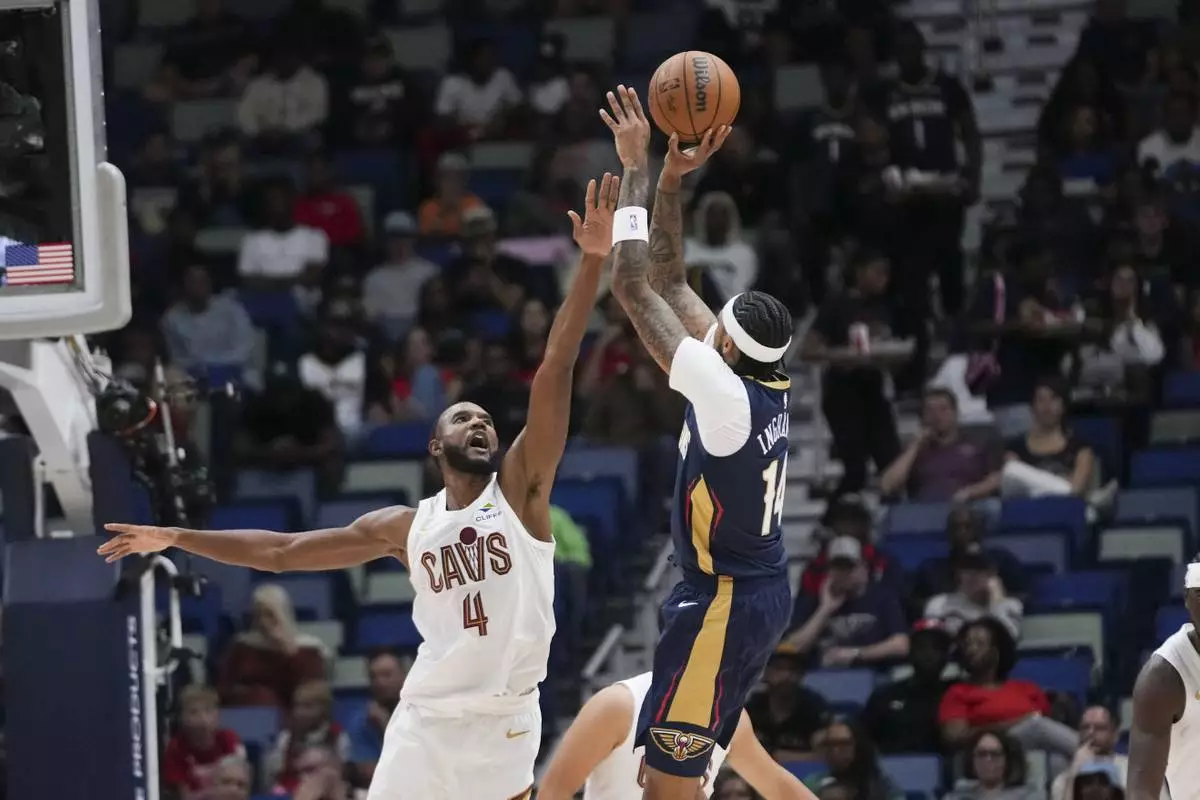
New Orleans Pelicans forward Brandon Ingram (14) shoots against Cleveland Cavaliers forward Evan Mobley (4) in the first half of an NBA basketball game in New Orleans, Wednesday, Nov. 6, 2024. (AP Photo/Gerald Herbert)
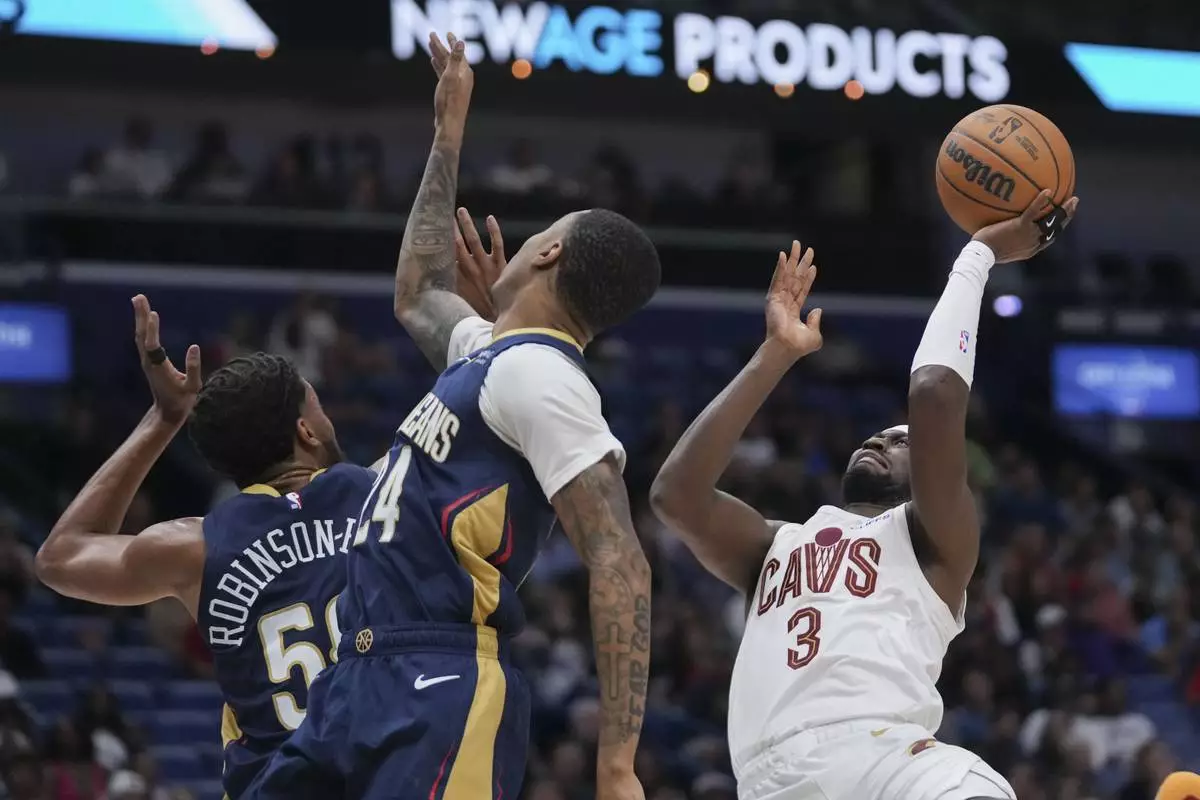
Cleveland Cavaliers guard Caris LeVert (3) shoots against New Orleans Pelicans guard Jordan Hawkins (24) and forward Jeremiah Robinson-Earl (50) in the first half of an NBA basketball game in New Orleans, Wednesday, Nov. 6, 2024. (AP Photo/Gerald Herbert)
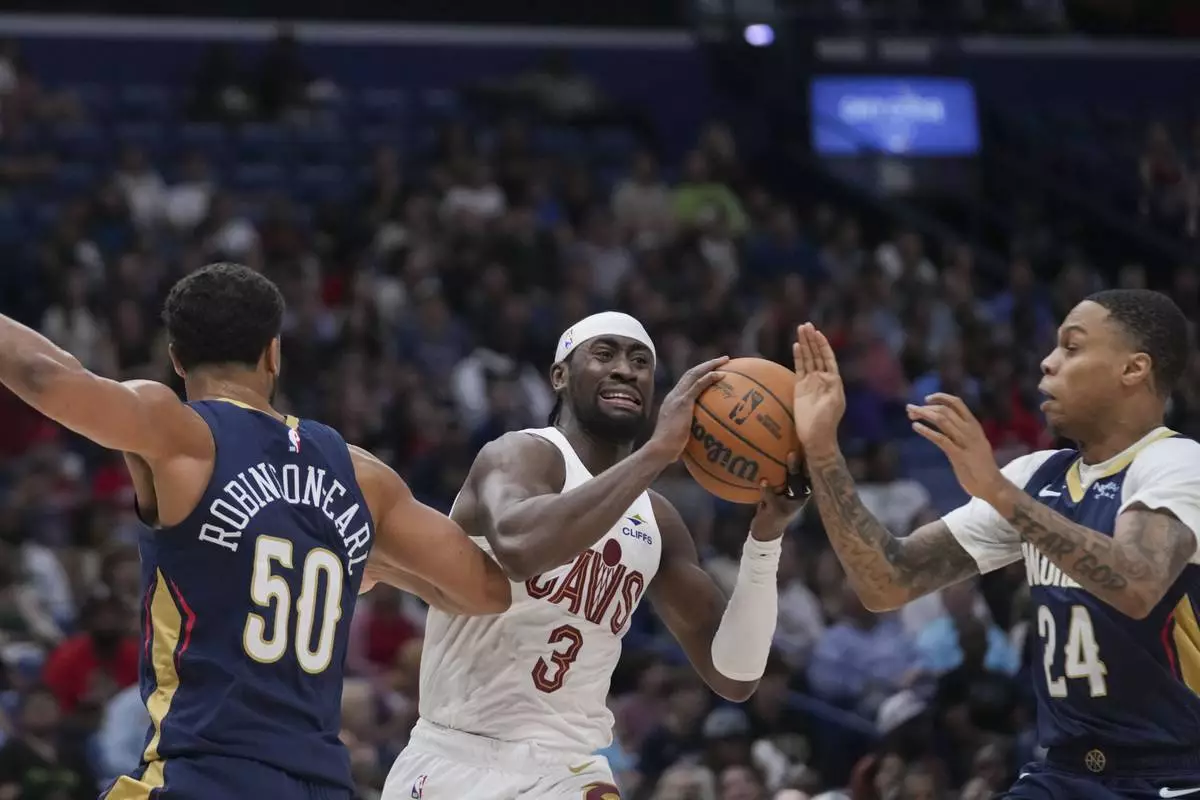
Cleveland Cavaliers guard Caris LeVert (3) battles between New Orleans Pelicans forward Jeremiah Robinson-Earl (50) and guard Jordan Hawkins (24) in the first half of an NBA basketball game in New Orleans, Wednesday, Nov. 6, 2024. (AP Photo/Gerald Herbert)


